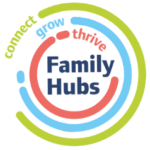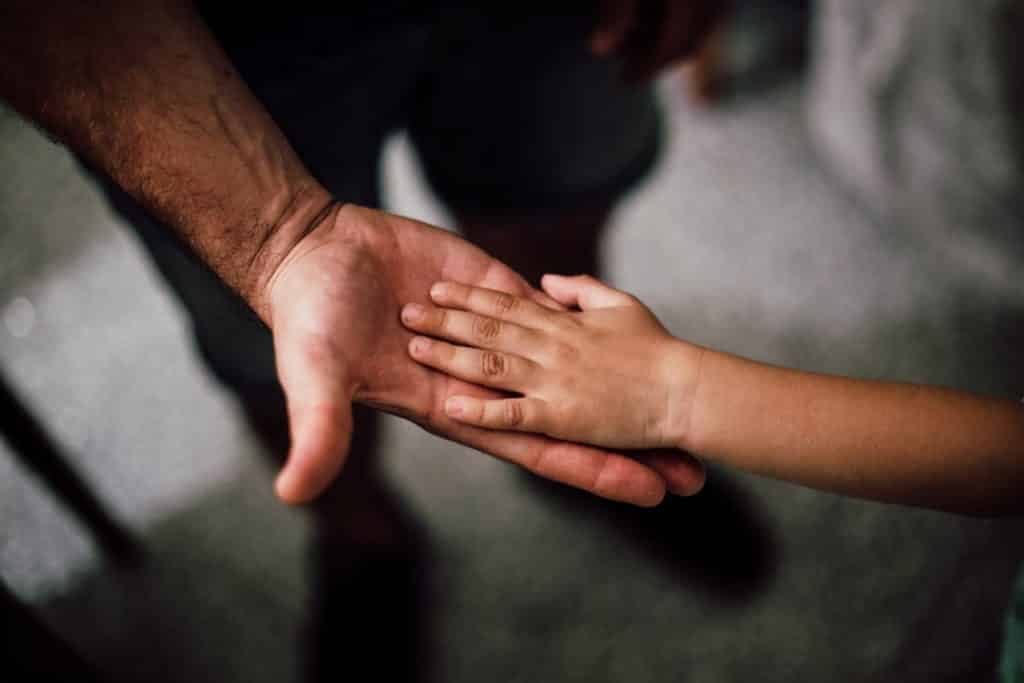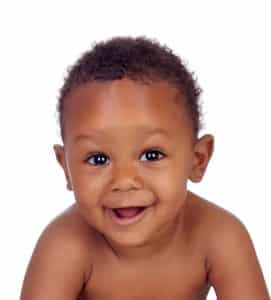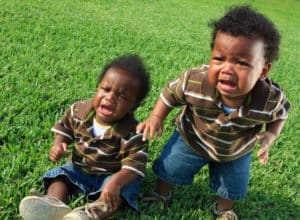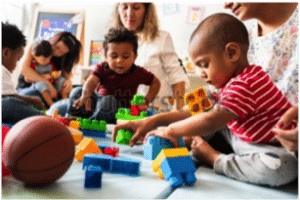
This week we will be looking at Empathy and communication and we certainly need to communicate, listen and talk to each other and show empathy not sympathy in this unusual time.
I hope you find this information useful for yourself and your child.
Empathy – Communication not sympathy
Empathy, takes sympathy a stage further. If you have empathy for people, you can imagine and feel what they are feeling, even though you are not personally affected by their problems, you take them on board as if they were your own. You listen and let them talk and not share your problems.
Personal life experiences certainly help to build empathy, but some people have this ability from the earliest age. It is a perception of another person’s emotional or even physical pain, together with deep concern for them.
Empathy and your baby
Empathy is both an emotional and cognitive experience. The emotional components of empathy are the first to emerge. Babies begin reflecting the emotional states and expressions of those around them from the very start.
Thanks to mirror neurons, infants as young as 18 hours old often show some responsiveness to other infants in distress. We do not teach babies how to do this; they are born hardwired to map the experiences of others in their brains and bodies.
Early emotional experiences between babies and their caregivers are crucial to the development of empathy.
As caregivers nurture and care for infants, babies make crucial associations between positive human interactions, reward systems, and feelings of calm and safety.
Children who feel safe, secure, and loved are eventually more sensitive to others’ emotional needs.
Psychologists call this connection between caregivers and babies “attachment” and research shows that quality of attachment is a predictor of empathy and compassion later in life.
Feeling and Thinking
As children get older, the cognitive components of empathy begin to emerge and complement the emotional templates they formed during the first years of life.
By the preschool years, children become more aware that other people have separate bodies, feelings, and experiences. They develop what is called a “theory of mind,” which enables them to engage in early “perspective taking, a foundation to being able to stand in someone else’s shoes and care about what that feels like.
The distinction between self and others matures quickly throughout early childhood.
For example, if a one-year-old sees that a friend is upset he may go get his own mother to comfort him. A two-and-a-half-year-old in the same situation may get his friend’s mother because he now understands that his friend would want his own parent in a time of distress.
Of course, these interactions are still in the very early stages of development and are limited to situations that toddlers have experienced themselves, guided by responses modelled by adults who care for them.
“Empathy is caught, not taught.”
Obviously, these skills and behaviours unfold differently for different children and depend upon context as well.
A tentative preschooler who feels safe and secure halfway through the school year may be well poised to be an empathetic friend.
However, all of these moments are opportunities to create the conditions for empathy and plant seeds we hope will grow.
We cannot sit our children down for formal lessons in empathy. Instead, empathetic responses emerge over time in the context of caring relationships,
Modelling, storytelling, communication, playing, showing emotion, and a whole lot of patience. As Mary Gordon, the founder of Roots of Empathy reminds us, “Empathy is caught, not taught.”
Milestones in Empathy
Understanding and showing empathy is the result of many social-emotional skills that are developing in the first years of life. Some especially important milestones include:
- Establishing a secure, strong, loving relationship with you is one of the first milestones. Feeling accepted and understood by you helps, your child learn how to accept and understand others as they grows.
- Around 6 months old, babies start using social referencing. This is when a baby will look to a parent or other loved one to gauge his or her reaction to a person or situation.
- For example, a 7-month-old looks carefully at her father as he greets a visitor to their home to see if this new person is good and safe. The parent’s response to the visitor influences how the baby responds. Parent’s reaction in new situations, helps the babies understand the world and the people around them
- Between 18 and 24 months old, toddlers will be developing a theory of mind. This is when a toddler first realizes that, just as he has his own thoughts, feelings and goals, others have their own thoughts and ideas, and these may be different from his
- Between 18 and 24 months, toddlers will start recognizing one’s self in a mirror. This signals that a child has a firm understanding of himself as a separate person
What You Can Do To Nurture Empathy in Your Toddler
Empathize with your child. For example, “Are you feeling scared of that dog? He is a nice dog but he is barking loud. That can be scary. I will hold you until he walks by.”
Talk about others’ feelings. For example, “Adam is feeling sad because you took his toy car. Please give Adam back his car and then you choose another one to play with.”
Be a role model. When you have strong, respectful relationships and interact with others in a kind and caring way, your child learns from your example.
Use “I” messages. This type of communication models the importance of self-awareness: I do not like it when you hit me. It hurts.
Validate your child’s difficult emotions
Sometimes when our child is sad, angry, or disappointed, we rush to try to fix it right away, to make the feelings go away because we want to protect him from any pain.
However, these feelings are part of life and ones that children need to learn to cope with.
In fact, labelling and validating difficult feelings actually helps children learn to handle them: You are really cross that I turned off the TV. I understand.
You love watching your animal show. It is okay to feel cross. When you don’t feel so cross you can choose to help me make a yummy lunch or play in the kitchen while mummy makes our sandwiches.
This type of approach also helps children learn to empathize with others who are experiencing difficult feelings.
Use pretend play. Talk with older toddlers about feelings and empathy as you play. For example, you might have your child’s stuffed hippo say that he does not want to take turns with his friend, the stuffed pony. Then ask your child how do you think pony feels? What should we tell this silly hippo?
Think about using “I’m sorry.” We often insist that our toddlers say, “I’m sorry” as a way for them to take responsibility for their actions.
However, many toddlers do not fully understand what these words mean. While it may feel “right” for them to say, “I’m sorry”, it does not necessarily help toddlers learn empathy.
A more meaningful approach can be to help children focus on the other person’s feelings: Adam, look at Jack he is very sad. He is crying. He is rubbing his arm where you pushed him.
Let us see if he is okay. This helps children make the connection between the action (shoving) and the reaction (a friend who is sad and crying).
Be patient. Developing empathy takes time. Your child probably will not be a perfectly empathetic being by age three.
In fact, a big and very normal part of being a toddler is focusing on me, mine, and I Remember, empathy is a complex skill and will continue to develop across your child’s life.
Empathy means that a child:
- Understands that she is a distinct person from those around her and that other people may have different feelings and perspective than her own.
- Can recognize feelings in themselves and others and name them.
- Can regulate their emotional responses.
- Can put their self in someone else’s shoes and imagine how someone might feel.
- Can imagine what kind of action or response might help a person feel better.
That is a lot of work. Empathy is a work in progress throughout childhood and adolescence and is shaped by a range of factors including genetics, temperament, context, and environment.
Empathy does not, however, simply unfold automatically in children. While we are born hardwired with the capacity for empathy, its development requires experience and practice.
Therefore, if you want empathetic children and an empathetic culture touch and be touched
…
Further reading about Empathy
- Mary Gordon – rootsofempathy.org
- Study form the University of Cambridge finds that genes play a role in empathy www.cam.ac.uk/research/news/study-finds-that
- Article about Empathy from Psychology Today UK – www.psychologytoday.com/gb/basics/empathy
- Theory of Mind, Empathy, Mindblindness (Premack,Woodruff) www.Learning.theories.con/theory-of-minblindness-premack

